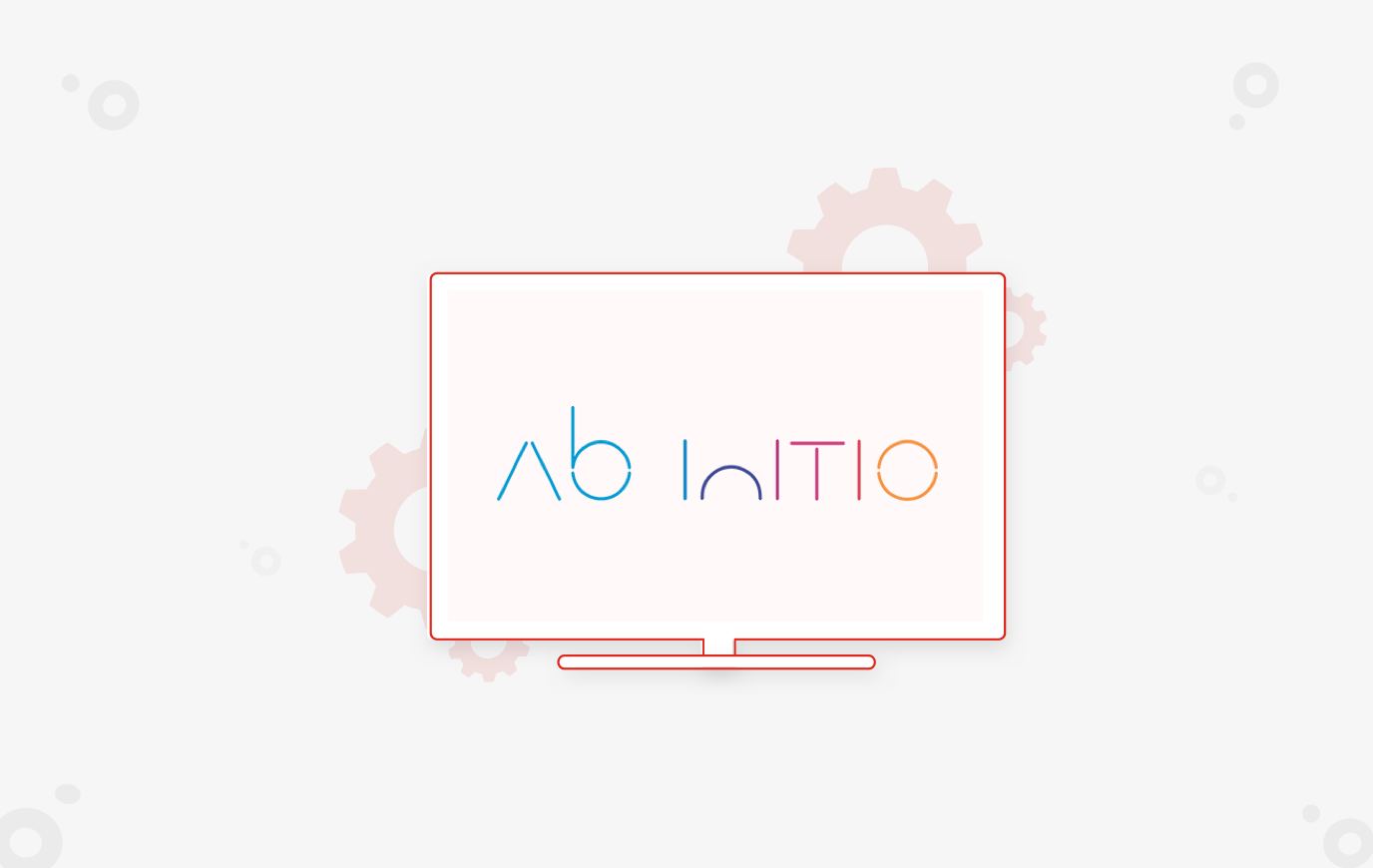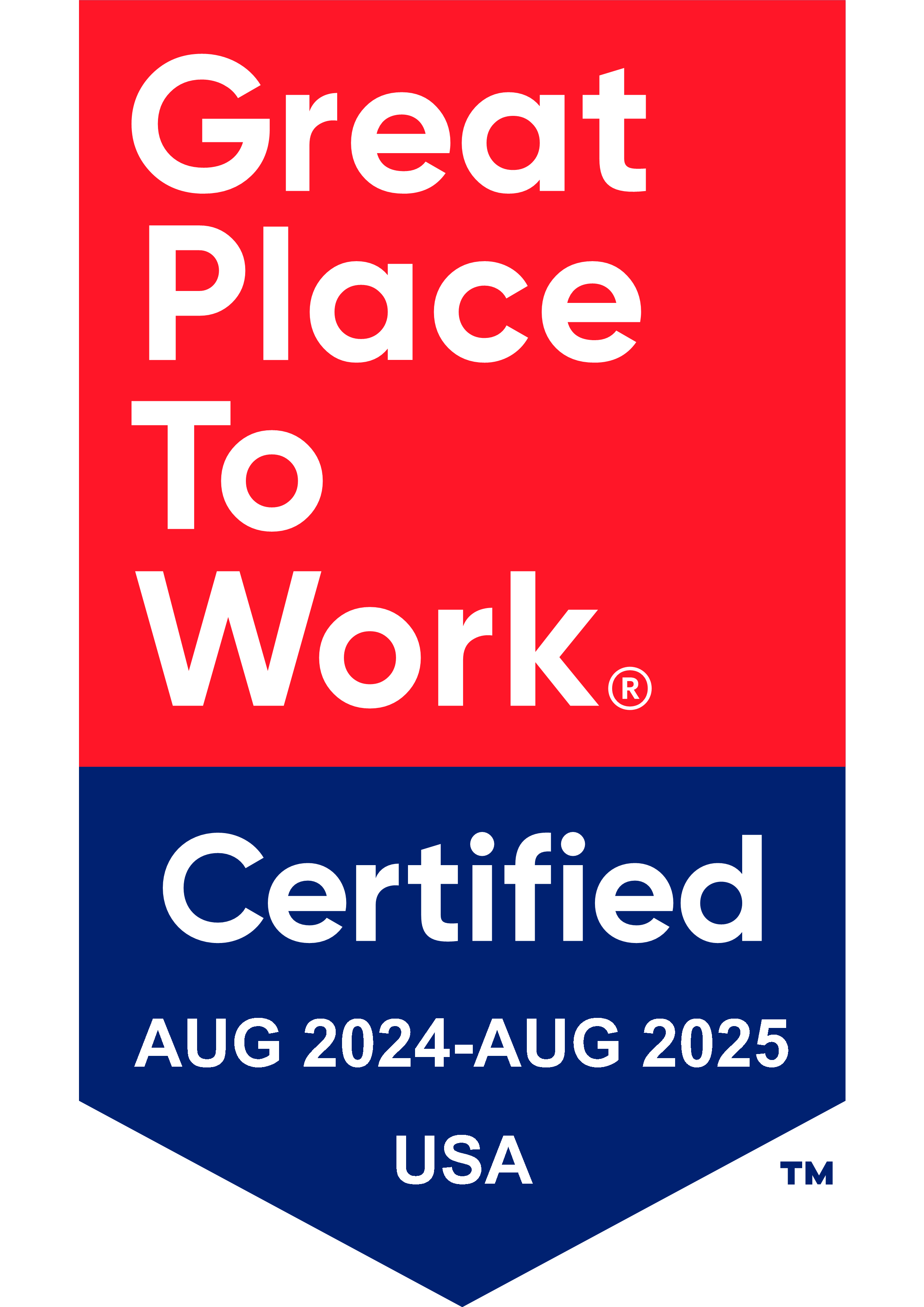Information Technology systems have grown exponentially over the past few decades. As much as technology has brought flexibility, automation and mobility in businesses, it is not surprising to see how dependent business entities are on technology. Soliciting and gathering business requirements is a critical first step for every project. The task of requirement gathering and transforming these business requirements into technical specification can be really challenging due to the following reasons:
- Conflicting business priorities
- Dynamic requirements from business stakeholders
- Obscurity of success criteria
- Inaccurate assumptions and ambiguity of information
Historically, one of the major obstacles with the task of requirement gathering has been bridging the gap between technology and business and getting both the Business User and the Technical Developer aligned.
Besides this demerit, there is a heavy dependability on the technology team to create, update, test and validate the business rules. Moreover, too many oscillations between the technology team and business as well as multiple coordinators in between can be a bottleneck and an overhead.
So how can we get the Business User and Technical Programmer aligned?
Is it possible for a Technical Programmer to perform the duties and responsibilities of a Business User? The answer is Yes and No
Is it possible for a Business User to perform the role of a Technical Programmer? Definitely Yes, in the Ab Initio World!
Ab Initio has made a successful attempt through one of its advanced features -Express>IT to make this possible for a Business User to wear the hat of a Technical Ab Initio Programmer. The Express>IT product of Ab Initio offers an environment which is conducive for a Business User to get into technical profile of an Ab Initio Programmer and get the desired results by eliminating the dependency on the Ab Initio resource.
In addition, the Business User sitting outside the technology environment can contribute to coding in the form of writing business rules, testing it and implementing it to get the desired output as per his understanding and leveraging his domain expertise.
What to Explore
Ab Initio Express>IT Architecture
To leverage the benefits of Express>IT, first let’s understand the architecture and the components of this product with the help of an example.
Subsequently, the business user can access these tables, fields, and elements through this ACE template using the Ab Initio BRE component. The business user can select additional desired fields he wants to use along with the business rule of salary > 100 K which gives the desired output.
Furthermore, the BRE puts the business user in the driver’s seat when it comes to verifying the business rules. The business users are not only able to put the rules directly into the system, they are also able to immediately see the results of applying those rules to the test data. If they don’t like what they see, they can instantly change the rules, saving an enormous amount of time.
How Bitwise can help?
Bitwise has built an integrated component framework on top of Express>IT which complements the Express>IT functionality and aids the business user to play in an environment conducive to producing speedy output. The framework offers a complete suite of Rule Management & Governance systems.
Let’s dwell deeper to understand the flow and how it works:
- Flexibility to run the business rulesets multiple times with a snapshot of the production data
- Availability of ample number of months’ data at any given point in time
- Email notification feature to be sent to business users
- This feature provides businesses a way to maintain results along with rule sets and helps the user to not run the same rule if it’s already being run earlier
- It’s also a centralized data repository for O/P and rulesets
As much as the world has become a smaller place, technology is also giving opportunities for people with diverse skill sets to come together and work for a common objective. Ab Initio in the form of Business Rule Engine has given this platform for a business user to “Express IT”.
Indeed language for business has been made easy by Ab Initio !!!!
You Might Also Like

Data Security
Implementing Fine-Grained Data Access Control: A Complete Guide to GCP Column-Level Policy Tags
Learn More










